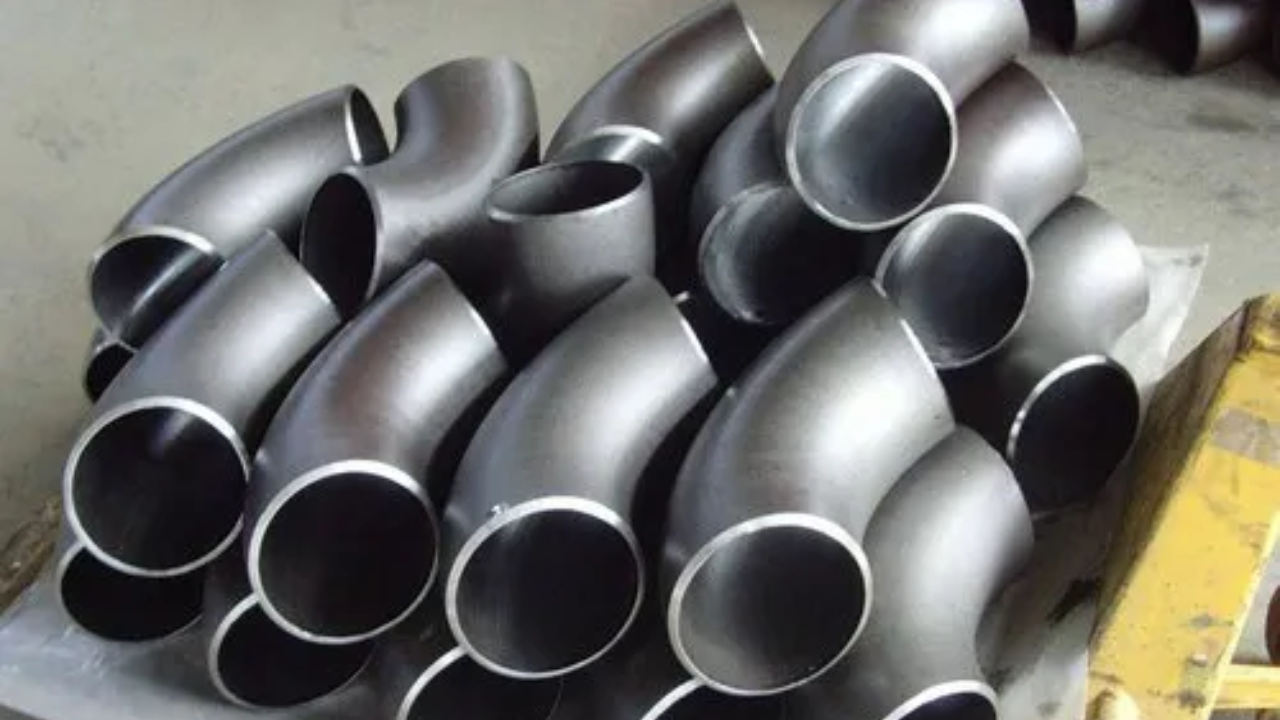The weight of round steel pipes must be determined for several engineering, construction, and manufacturing tasks. With a Pipe Weight Calculator, estimating a steel pipe’s weight without calculations becomes fast and easy. With flooring plans, architects can find the best way to transport materials and support structures and estimate the material cost. When weight is determined correctly, the project becomes safe and cost-friendly, and allows easy handling of steel piping.
Why Pipe Weight Calculation Is Useful
Understanding the weight of the steel pipe explained is crucial in designing structures where such pipes support the building. Weight predictions that aren’t accurate may lead to design flaws or safety dangers. Also, weight calculations are essential in the shipping and logistics industries. Moving bulkier items, such as steel, significantly affects how much shipping costs. It’s easier for buyers and manufacturers to set the price beforehand if they know the product’s weight needed. Oil and gas, construction, water supply, and infrastructure development depend on accurate pipe weight estimates.
Pipe Dimensions and Specifications
You need to have the outside diameter, wall thickness, and pipe length to find the weight of a round steel pipe. Measurements of height, circumference, and number of sides are necessary to calculate volume and weight. The outer diameter is the widest section of the pipe from end to end. The wall thickness means the actual depth of the pipe walls and influences how durable and heavy they are. Length is measured in meters or feet, following the preferences set by each region.
Different grades and specifications are used when manufacturing steel pipes. All kinds of steel do not have the same density; however, most standard carbon steel pipes have about 7.85 grams per cubic centimetre. Although the composition of an alloy may adjust the final weight a little, normal calculators assume a standard value.
Simple Formula and Methods for Calculating Round Steel Pipe Weight
Round steel pipes can be weighed according to a basic formula. This formula can be solved using multistep methods.
kg = ([ (Outer Diameter – Wall Thickness) × Wall Thickness ] 0.02466) × Length
It works with carbon steel pipes and shows the answer in kilograms. By using steel’s density and conversion factors, the formula can use a constant number of 0.02466. If you are working in the imperial system, the values are not the same, and often, the result is in pounds.
The method calculates the mass contributed by the outer diameter of the pipe, reducing the diameter by the pipe’s wall thickness. There are calculators on the internet for pipe weight calculation.
Professionals and Engineers Use Online Piping Weight Calculators
Instead of working out the calculations by hand. You only need to enter the outer diameter, wall thickness, and length for these tools to work correctly. Several calculators let you pick the measurement size and the material your pipe is made from. Immediately after you submit your input, the tool calculates the total weight.
Project planners use these calculators to avoid mistakes and spend less time preparing for projects. Specific advanced programs allow you to compare the weight of various materials and offer a per-meter weight for the usual pipe sizes. Industries that need frequent use of steel pipe count on these online resources.
Issues Solved In the Industry
A pipe weight calculator brings many benefits to projects in the real world. First, it tells us the weight a structure can withstand, which is particularly important for bridges, buildings, and machinery supports. Second, the clear idea of the materials provided makes billing and procurement more straightforward. Knowing the volume and weight of everything in advance makes keeping materials in warehouse containers easier.
Correct weight calculations also help reduce waste and improve the use of materials. Knowing the expected pipe weight ahead of time prevents over-ordering, which results in cost savings and less damage to the environment. In pipe installation or handling, the calculator allows operators to use machines to lift and arrange large pieces of steel.
Conclusion
Modern engineers and builders often use a pipe weight calculator for round steel pipes. Because it handles intricate work and shows solutions in a snap, it brings about increased accuracy, greater safety, and better efficiency. Being aware of the exact weight of steel pipes helps you manage your resources for both small and large projects. The increased growth of industries relying on precise measurements will make using reliable weight calculators an essential part of steel pipe handling.
